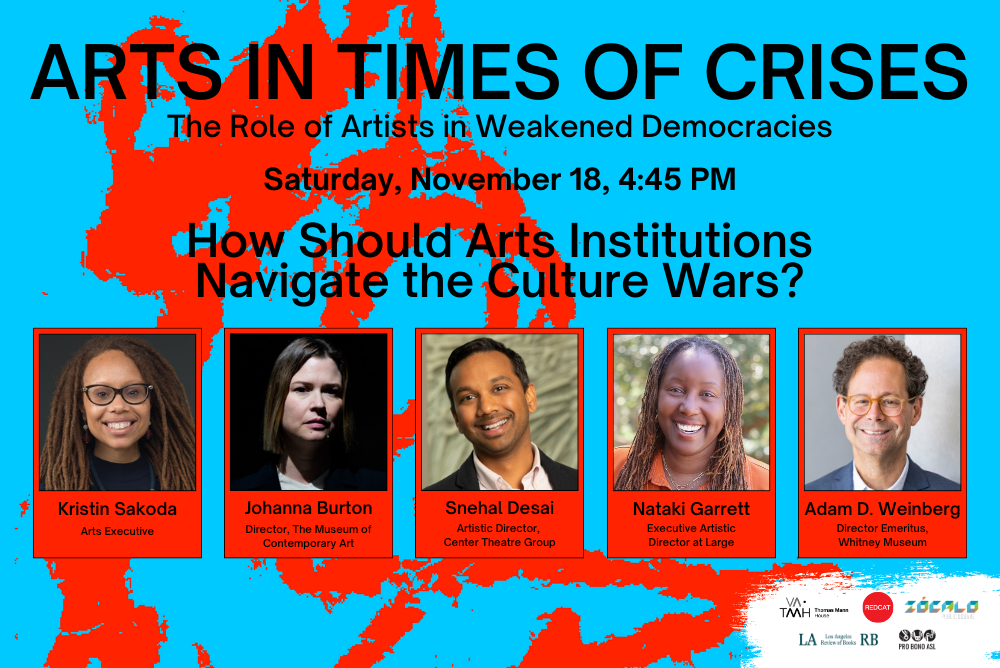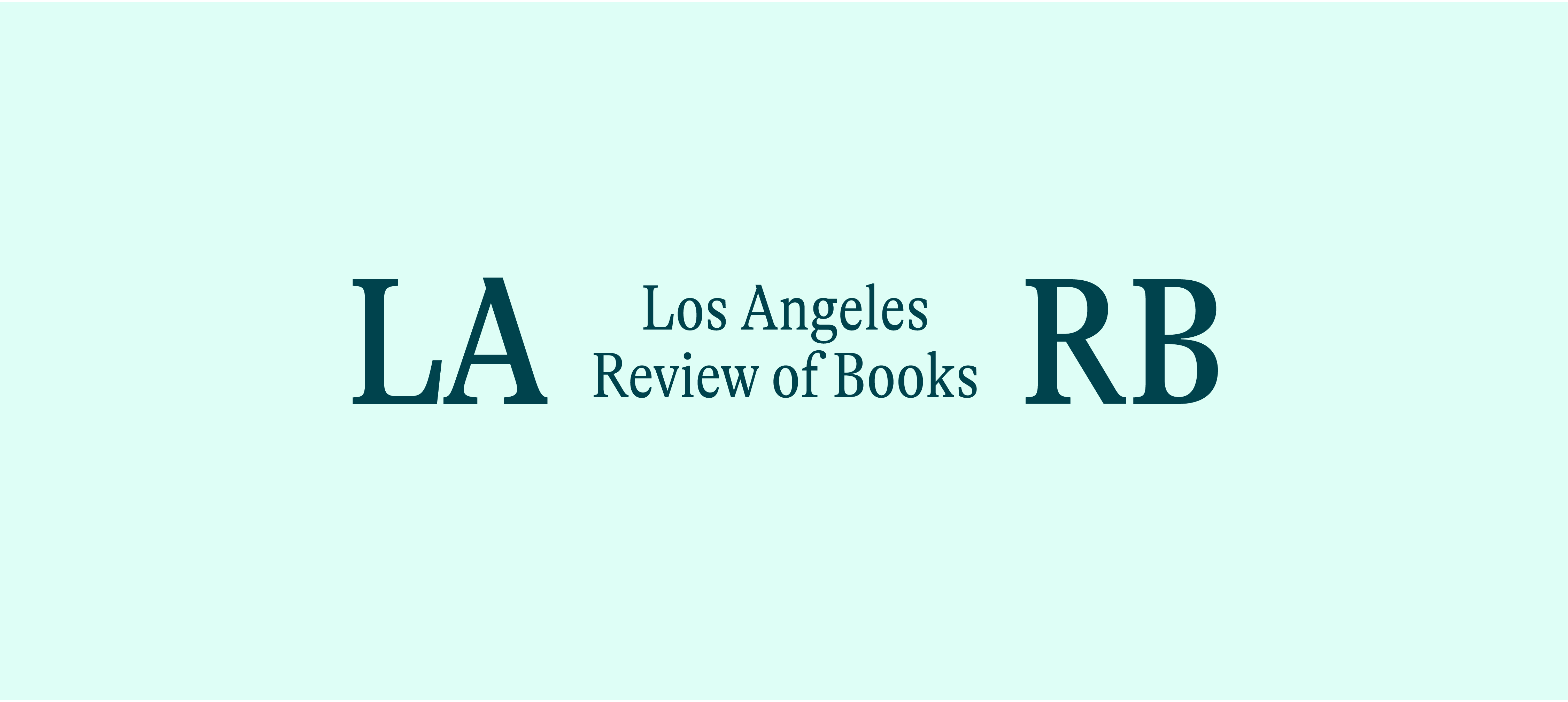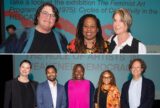
Polarization has engulfed arts organizations—like every other institution in 21st-century American and European life. But rather than finding themselves pulled apart by political parties doing battle, museums, performing arts companies, and other cultural cornerstones often face other conflicting demands, positioned between their aging donors and overwhelmingly white audience-bases on one side and younger, more diverse artists and new audiences on the other. How are institutional leaders navigating the warring tides of politics and public opinion—tides that may steer them toward uncertain futures? Can organizations help artists, patrons, and the public find common ground, or productive ways to discuss their differences, in this moment of deep democratic and cultural conflict? And, even as they themselves struggle to stay afloat, how do arts institutions serve as spaces of civic engagement, community, and inclusion?
MOCA director Johanna Burton, Center Theatre Group artistic director Snehal Desai, former Oregon Shakespeare Festival executive artistic director Nataki Garrett, and Whitney Museum director emeritus Adam D. Weinberg discuss how the culture wars have impacted their work, and where they see institutions, and the arts at large, going next.
The Takeaway
Art Can Create Connection in Contentious Times
The “Arts in Times of Crises” Conference Considered How Artists and Cultural Leaders Can Break Through Our Polarizing Moment
Leading voices in the arts from around the world convened in Los Angeles recently to take part in “Arts in Times of Crises,” a two-day conference on the role of …








